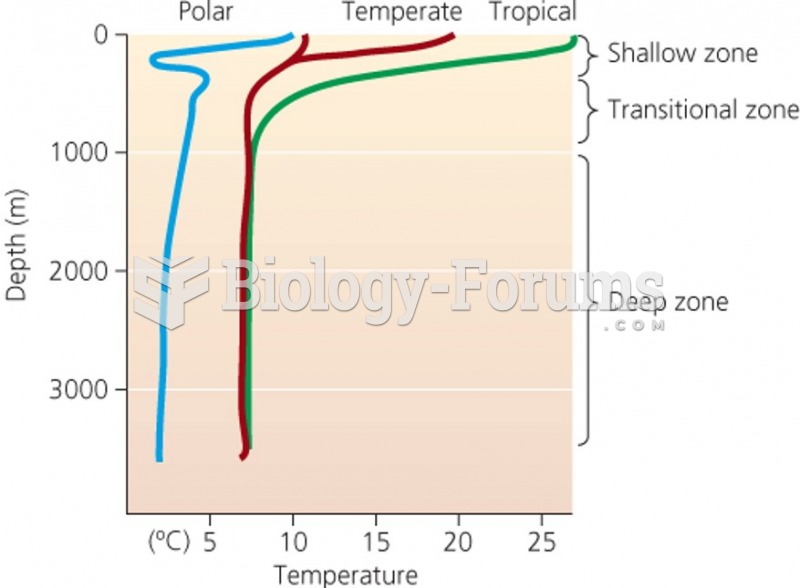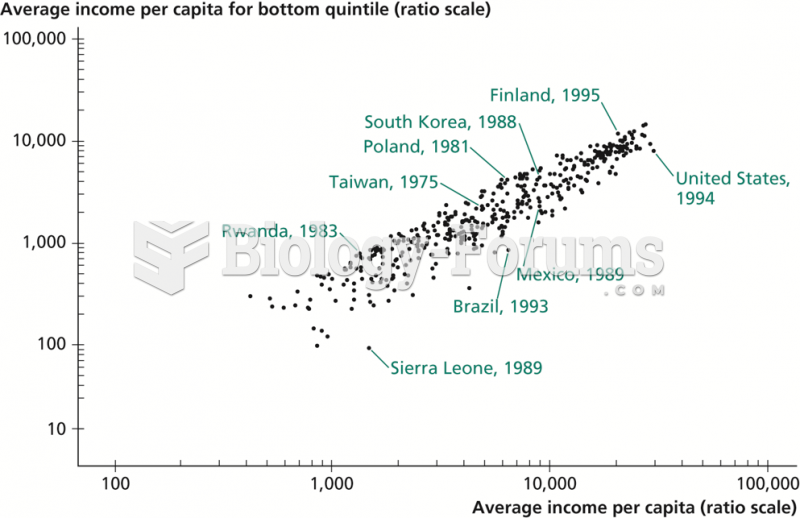Answer to Question 1
Answer: The zero-base forecast uses the organization's current level of employment as the starting point for determining future staffing needs. If an employee retires, is fired, or leaves the firm for any reason, the position is not automatically filled. Instead, an analysis is made to determine whether the firm can justify filling it. Equal concern is shown for creating new positions when they appear to be needed. The key to zero-base forecasting is a thorough analysis of human resource needs. Frequently, the position is not filled and the work is spread out among remaining employees, as often is the case with firms that downsize. Plans may also involve outsourcing or other approaches as an alternative to hiring.
In the bottom-up forecast, each successive level in the organization, starting with the lowest, forecasts its requirements, ultimately providing an aggregate forecast of employees needed. It is based on the reasoning that the manager in each unit is most knowledgeable about employment requirements. Beginning with the lowest-level work units in the organization, each unit manager makes an estimate of personnel needs for the period of time encompassed by the planning cycle. As the process moves upward in the company, each successively higher level of management in turn makes its own estimates of needs, incorporating the input from each of the immediately preceding levels. The result, ultimately, is an aggregate forecast of needs for the entire organization. This process is often highly interactive in that estimated requirements from the previous level are discussed, negotiated, and re-estimated with the next level of management as the forecast moves upward through the organization. The interactive aspect of managerial estimating is one of the advantages of this procedure because it forces managers to justify their anticipated staffing needs.
Answer to Question 2
Answer: FALSE







